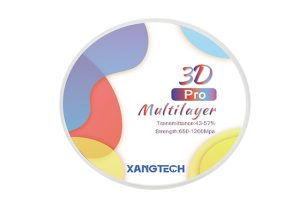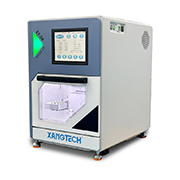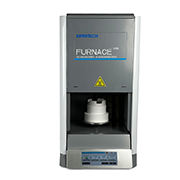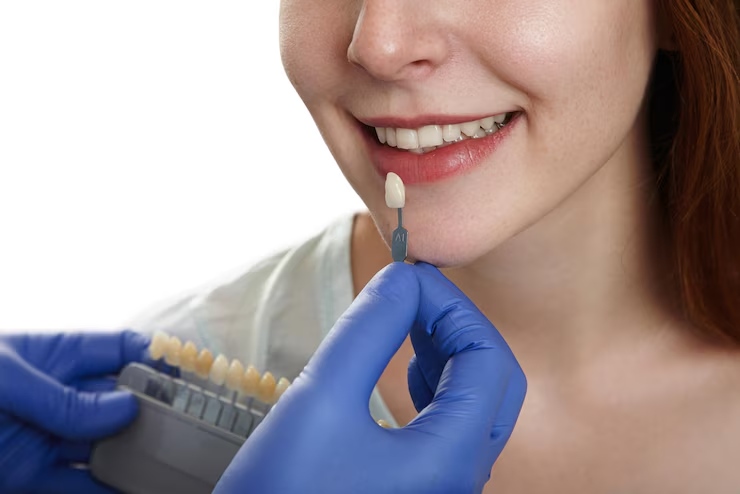Why Is Lithium Disilicate Great for Dental Crowns?
How Does Its Structure Make It Strong?
Lithium disilicate is a glass ceramic used for crowns and other dental work. It’s made of small, interlocking crystals in a glassy base. This setup gives it strong performance. The crystals stop cracks from spreading, making it highly resistant to breaking.
Its strength, averaging 360–400 MPa, beats metal or porcelain. This makes it perfect for front and back teeth, where handling stress matters.
Why Is It Popular for Front and Back Restorations?
Dentists pick lithium disilicate for its mix of durability and good looks. It stands out for beauty and speed compared to other materials, especially for front crowns or bridges. It resists chewing forces while looking natural, fitting well anywhere in the mouth.
It works for single crowns, inlays, onlays, veneers and small bridges. Its toughness handles daily stresses, making it a go-to for many dental needs.
What Makes Its Appearance So Natural?
Lithium disilicate mimics tooth enamel well. Its glass content and fillers create a look close to natural enamel and dentine. Restorations blend in with real teeth.
Some versions reflect light like enamel, showing translucency and a slight shimmer. For looks, lithium disilicate nails clarity and color matching, key for a natural finish.
How Tough Are Lithium Disilicate Crowns in Use?
How Do They Handle Chewing?
Its structure takes on chewing forces without cracking. The crystal network spreads stress evenly. XANGTECH lithium disilicate has high chemical stability and bending strength, ensuring restorations last.
This makes it great for front and back teeth, where chewing is tougher.
How Long Do They Last Compared to Others?
Metal crowns last but don’t look great. Porcelain-fused-to-metal crowns can chip. Lithium disilicate offers both strength and beauty. Studies show over 90% of single crowns last past ten years.
Any Limits to Its Use?
Lithium disilicate is best for single restorations, not long bridges, as it’s less flexible than zirconia or metal. It shines in areas needing perfect color matching. It handles most cases well, except those needing extreme strength across multiple teeth.
Introducing XANGTECH and Its Lithium Disilicate Block
What Makes XANGTECH’s Block Special?
At XANGTECH, with over 11 years in dental materials, we create top-notch solutions for dentistry. Our lithium disilicate block blends precision and practicality.
Purity and Structure
XANGTECH lithium disilicate has high chemical stability. Its refined structure boosts milling accuracy and the restoration’s quality.
Strength and Crack Resistance
With a Vickers hardness of 5400 (±400 MPa) and flexural strength of 400 (±60 MPa) after sintering, our blocks handle daily wear well.
Color and Translucency Options
Our blocks come in LT (low translucency) and HT (high translucency) with shades from A1-D2, plus bleach tones like BL1-BL4. For looks, lithium disilicate delivers great translucency and color blending, fitting perfectly with natural teeth.
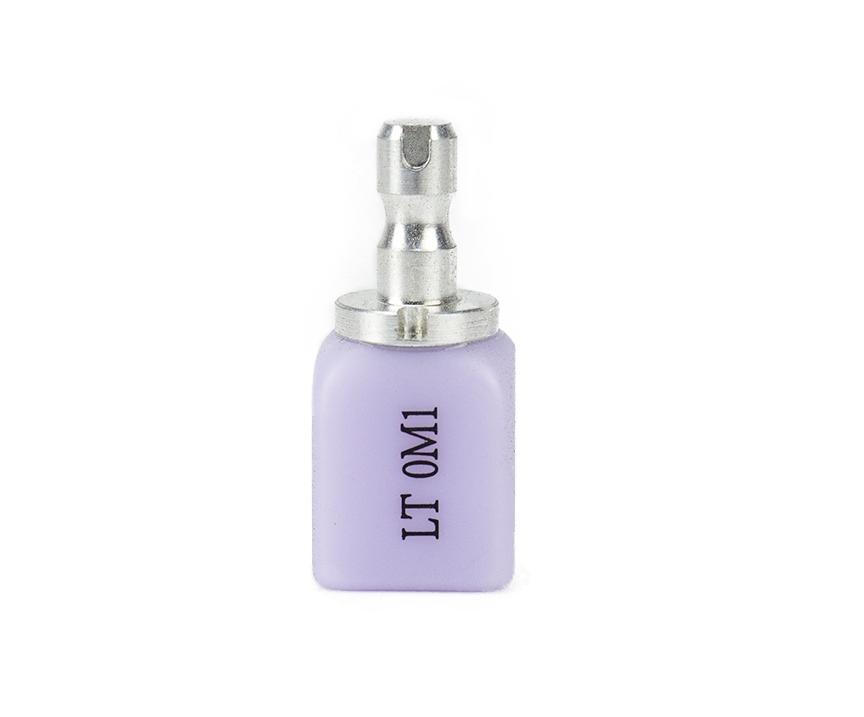
How Do Dentists Benefit from XANGTECH?
This material mills smoothly, easing wear on tools and cutting costs. Its crystallization is fast and simple, saving chairside time and improving lab efficiency.
Our strict quality control meets technical standards. We offer full after-sales support, including remote technical help during warranties.
What Should Patients Know About Lithium Disilicate Crowns?
What’s the Process?
It starts with a digital scan and CAD/CAM design. The block is milled to shape in 10–25 minutes, depending on size. The whole process can wrap up chairside in under 90 minutes. After milling, a quick crystallization step preps the crown for bonding with adhesive cement.
Any Special Care Needed?
Care is like other ceramic crowns: skip hard objects at first, keep up oral hygiene and see your dentist regularly. Their precise fit handles daily stresses, lowering risks if maintained well.
How Does Cost Compare?
Lithium disilicate costs more upfront than basic metal or PFM crowns due to material prices. But CAD/CAM systems speed up processing, cutting labor costs. This efficiency saves time and boosts patient satisfaction, offering good value.
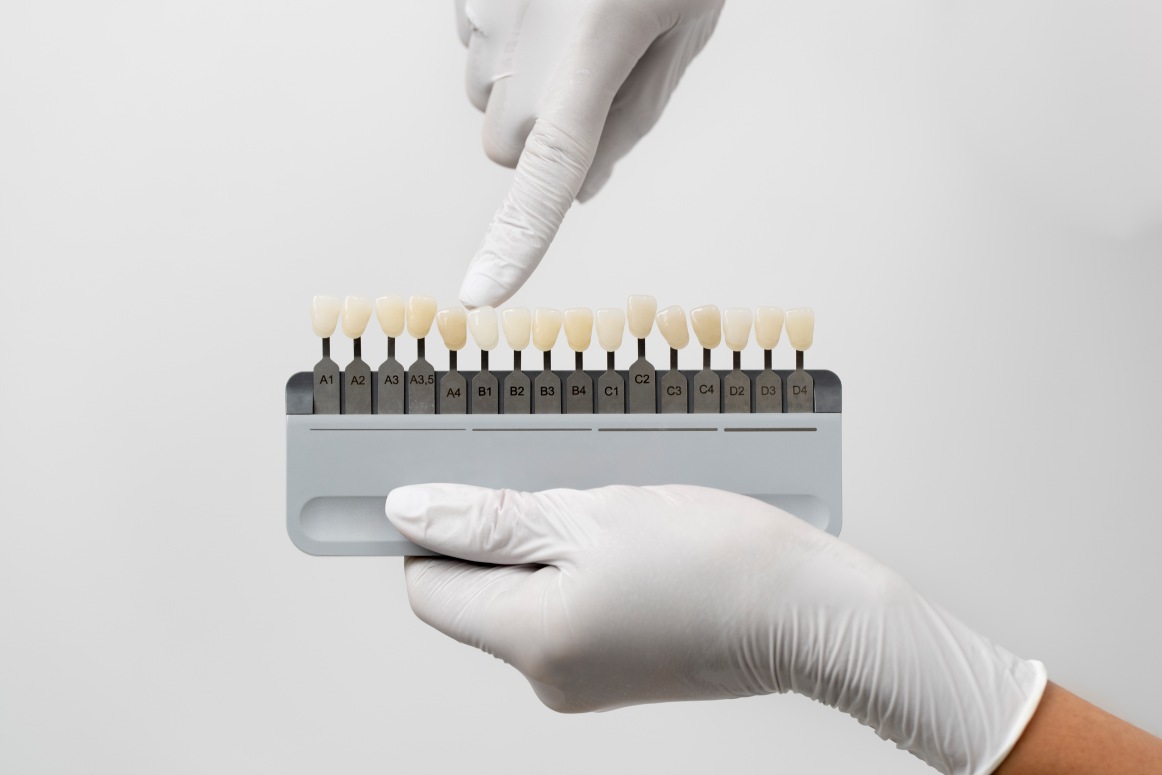
FAQ
Q: What is lithium disilicate and why use it for crowns?
A: It’s a glass ceramic with 360–400 MPa strength and a crystal-glass mix that looks like enamel.
Q: Can lithium disilicate work for back teeth?
A: Yes. Advanced lithium disilicate fits front and back single crowns if bonded properly.
Q: Is XANGTECH’s lithium disilicate block CAD/CAM system compatible?
A: Yes. It works with standard CAD/CAM systems, giving quick, precise results for various restorations.

